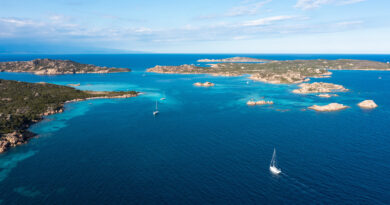Discovering Bologna
HISTORY
Bologna was founded on the vanished coastline of an ancient sea, at the point where the Reno River flowed. A unique and incomparable city, it still preserves the charm of bygone times, in perfect balance between art and culture, always enlivened by a vibrant nightlife.
Because Bologna is not only beautiful, it is also extraordinarily welcoming, characterized by an inexhaustible zest for life. This comes to life especially in the monumental Piazza Maggiore, measuring 100 meters by 75, rich in historic buildings: Palazzo d’Accursio, the Notaries and Banks’ building, or “Il Poggi,” the seat of the historic university.
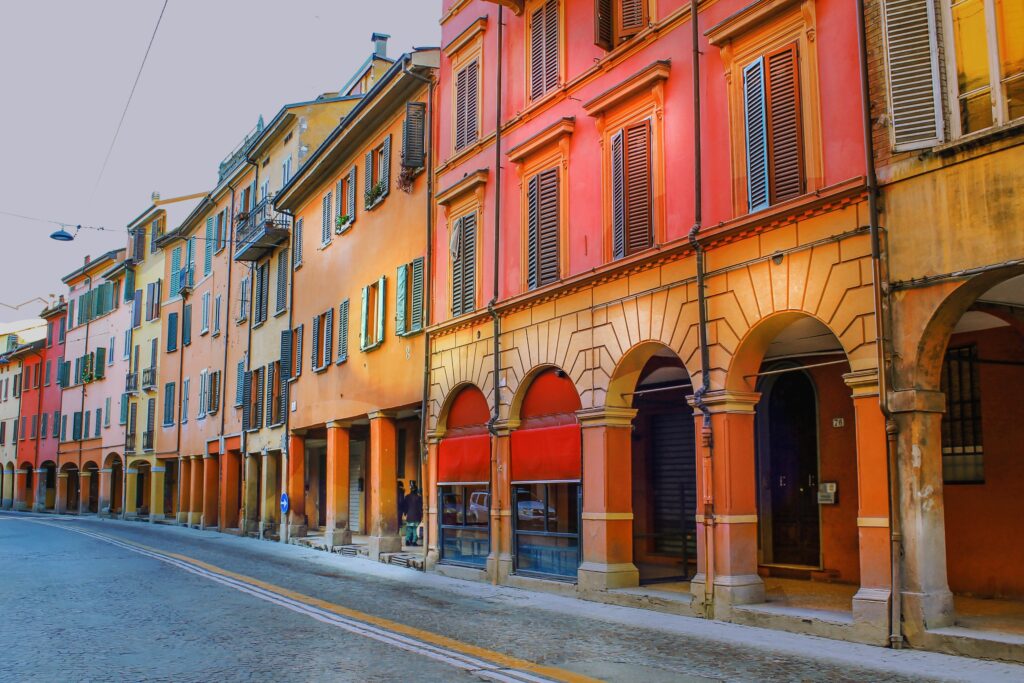
These are all treasures housed in one of the largest and most beautiful quadrilaterals in Italy, with its beautiful and endless porticoes and the seventeen medieval towers, symbols of the city.
After discovering Bologna “the learned” and its museums, it is wonderful to be captivated by its “foodie” side, with good food and cuisine.
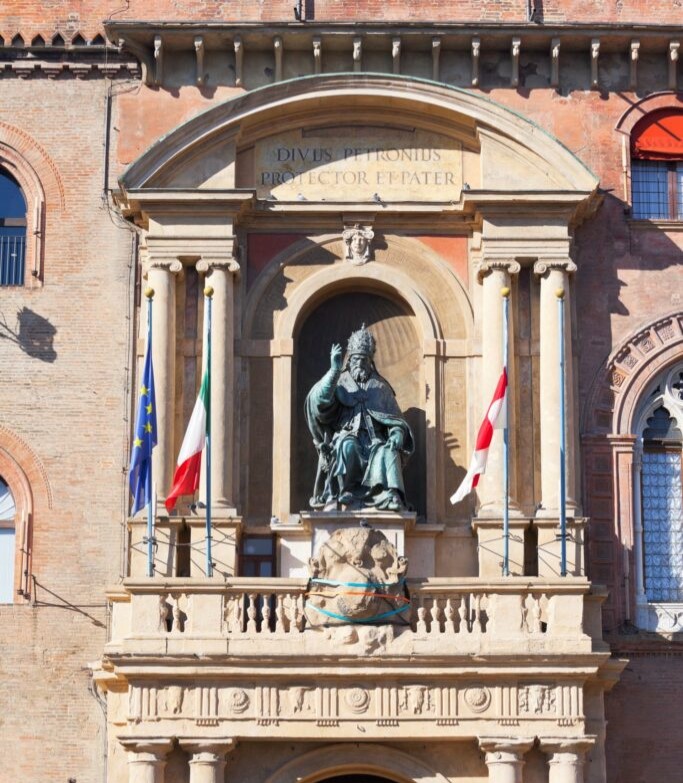

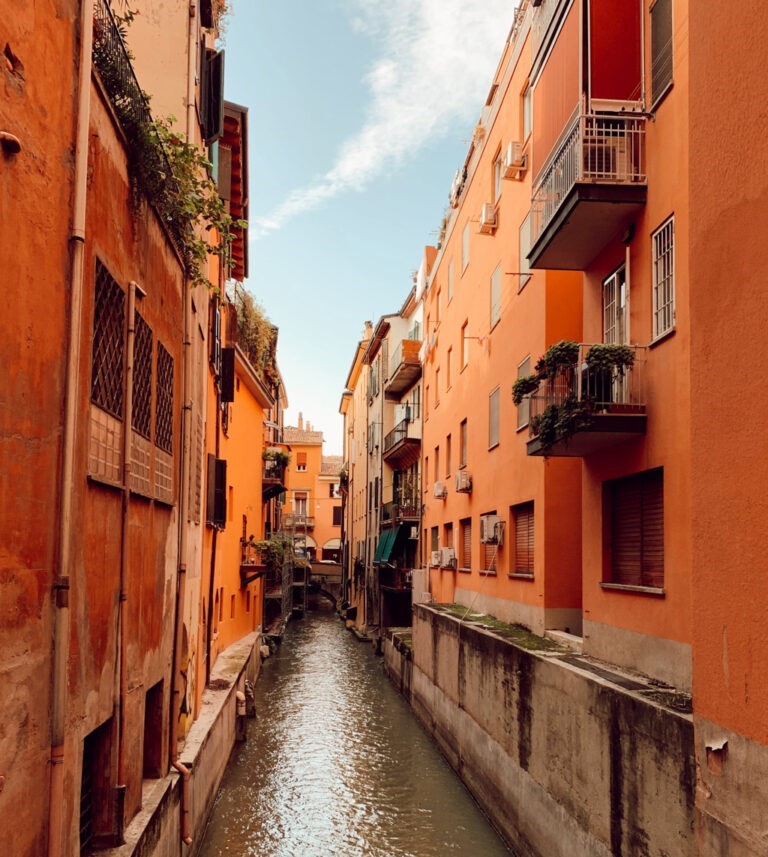
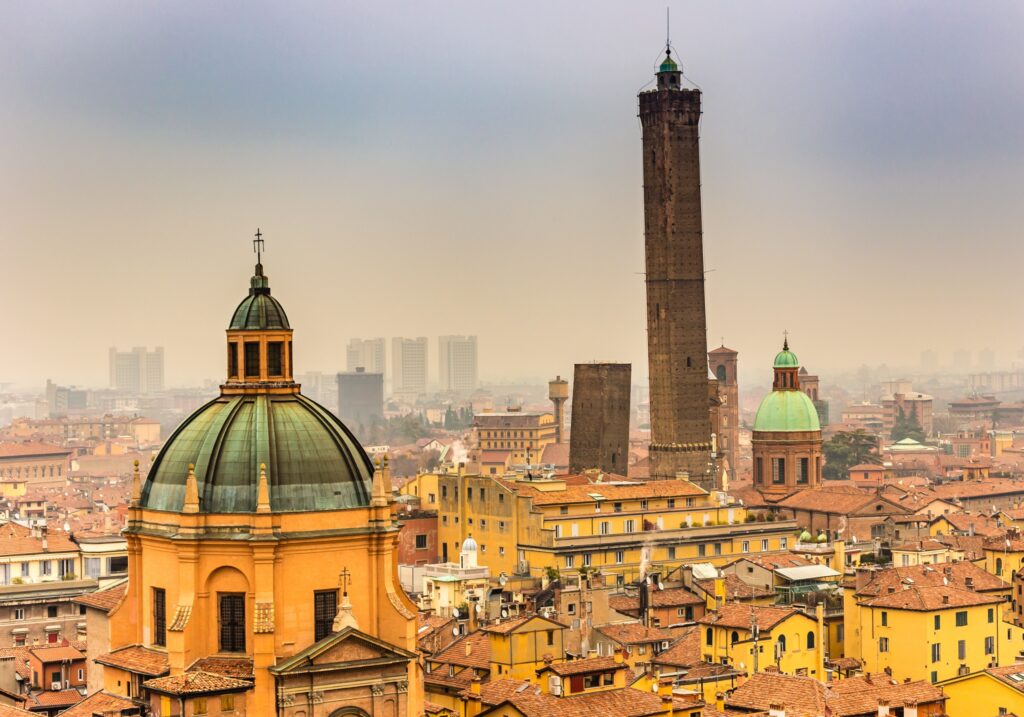

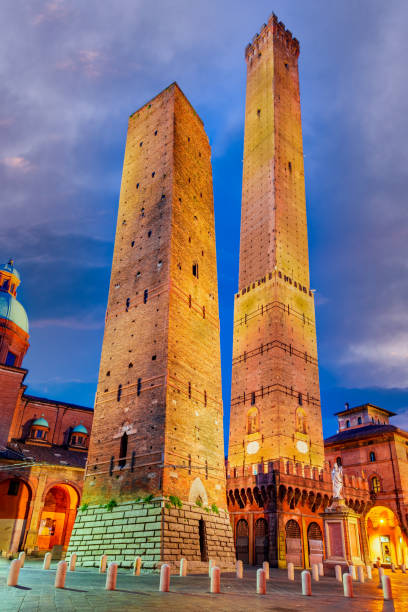
Behind Piazza Maggiore, it is marvelous to wander through the narrow streets of the ancient market. In the evening, before dinner time, these streets transform and the shops give way to glorious “osterie, and as the night unfolds, they change again, becoming the stops of an exciting and immersive journey that lasts until sunrise.
MISTERY
What is the secret side of Bologna? Alongside the most famous attractions, there are several hidden gems that will only reveal themselves to those who know how to seek them out.
For example, legend has it that Tarot cards were invented by a Bolognese nobleman, Prince Francesco Antelminelli Castracani Fibbia, who sought refuge at the court of the Bentivogli family in the early 15th century.
Whether this is a legend or not, and not a historical fact, has been widely demonstrated by the historian Giordano Berti in a thorough research published in 2017, titled “Prince Fibbia and the Tarot: A Mystery Solved?” More plausibly, the Tarot game was imported to Bologna from Milan or Ferrara, or even from Florence, according to recent opinions that are still being discussed.
In any case, Tarot cards had already begun to be produced in Bologna by at least 1441, as evidenced by the news of a Bolognese merchant who supplied Tarot decks to the Este court in Ferrara.
Then, in Piazza Maggiore, under the vault of the Podestà, there is what is known as the “whispering gallery.” More than an object, it is a curious acoustic effect that you absolutely must experience: sounds are transmitted from one side of the vault to the other.

Stand along the opposite pillars (you need to be two people) with your faces turned towards the wall and say a phrase, and the sound will be transmitted to your interlocutor on the other side of the vault.
In the 1990s, excavations in the historic center of Bologna uncovered the two main Roman roads, still intact, right under the splendid Salaborsa Library.

You can see the underground ruins from the library’s main room, through transparent glass in the floor. If you want to take a closer look, go down the stairs and visit the small museum to explore this hidden corner of antiquity.
Then, by entering a small door on Via Bagni di Mario, you will enter an ancient underground world that leads to the Valverde Cisterns, known as Bagni di Mario. This is a Renaissance-era cistern built to supply water to the Fountain of Neptune and other hydraulic features such as the Orto dei Semplici.
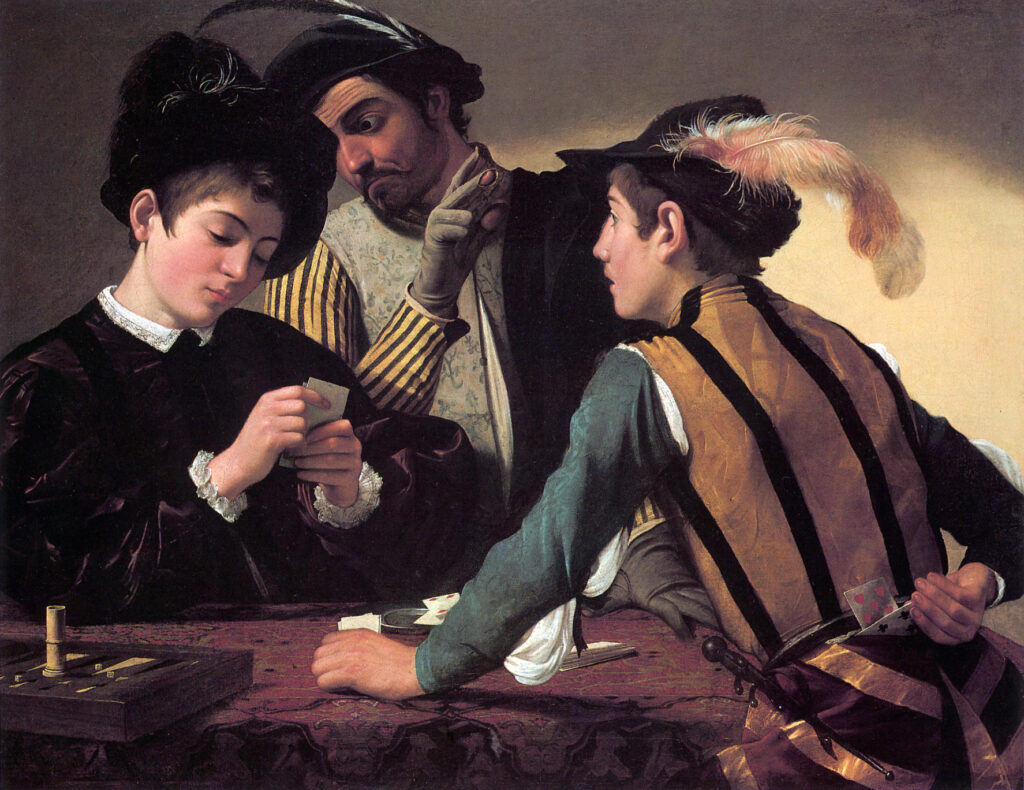

THE STREETS OF HIGH FASHION
Via San Vitale is one of the streets of Bolognese charm, as you’ll find, one after the other, Fratelli Broche at 54/d and Friperie at 49/a, each with its careful selection of clothes. In Via Guerrazzi 25/d, there’s the vintage boutique Reclectic.
On Via Rialto, another noteworthy street, at 6/a, you’ll find Split Bologna, a space filled with men’s clothing from the 1980s to the 2000s, a rather rare find, hung next to women’s clothing.
At 19, there’s Folks, recommended for lovers of the 1990s and floral prints. Still in the same neighborhood, at Via Fondazza 45/a, there’s Le Bagatelle: a treasure trove of vintage jewelry, bijoux, and rarities.
At Via de Marchi 19/a, the past and present blend with small brands like Carla Cardarelli, who creates silver jewelry with succulent plant sprouts.
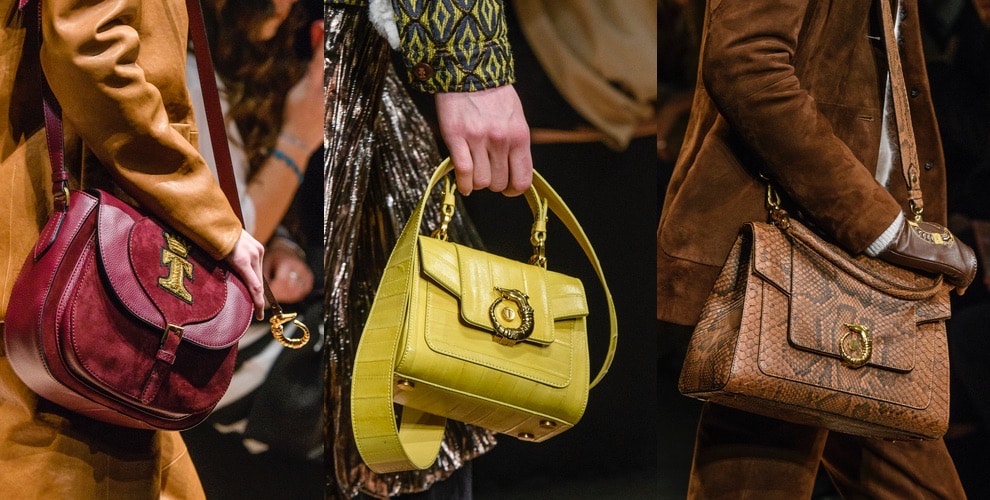
On Via Nazario Sauro 2, there’s an atelier that crafts handmade lingerie, romantic yet very sexy. It’s called Voilà le Vélo, but visiting the small studio requires making an appointment.
Guifriday at Via Borgonuovo 18/d creates custom-made felt hats, a process that can take months. In Fabio Giuffrida’s “salotto lab,” people get to know each other, sense each other’s style, and then collaboratively design a personalized hat meant to last a lifetime.
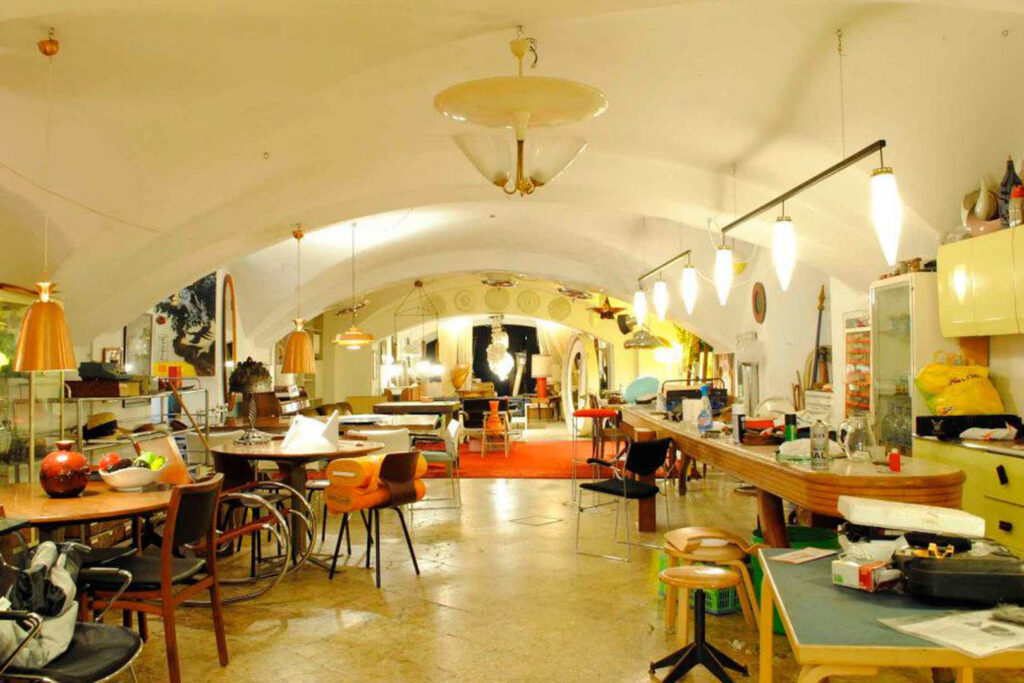
At Via Castiglione 49/c, there’s Mon île, the shop where Stefania Bandinu showcases her narrative handmade jewelry—creations that tell stories of lands dear to her. While wandering through the Jewish ghetto, you can hear the sound of hammered soles.
On Via dell’Inferno 22/a, from the storefront, you can observe Max and Giò as they, dressed in their aprons, craft men’s shoes in the traditional manner.
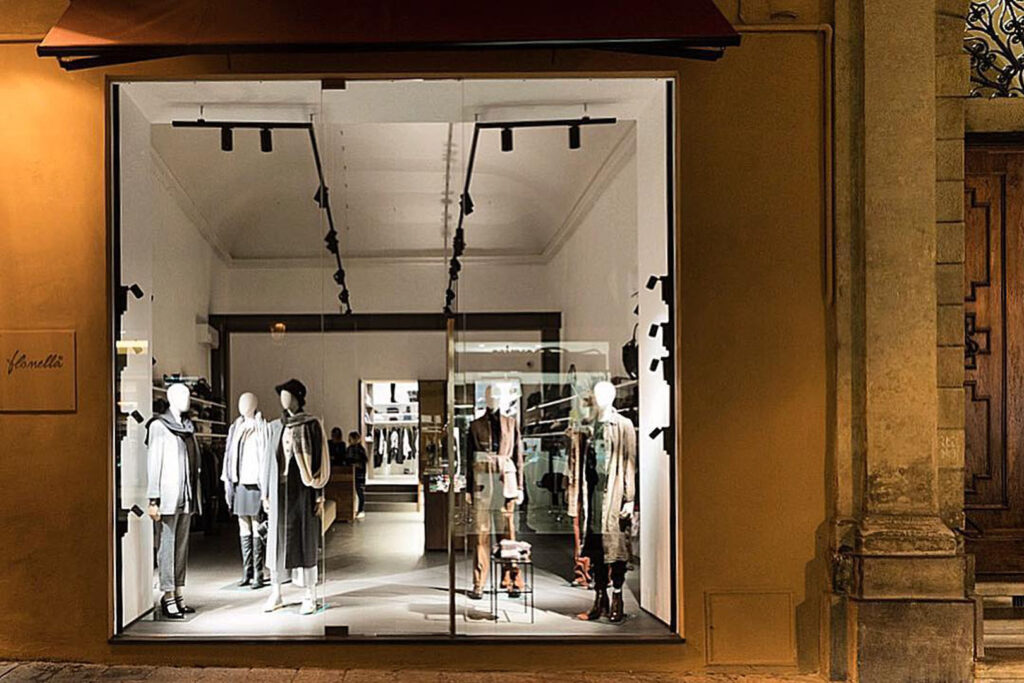
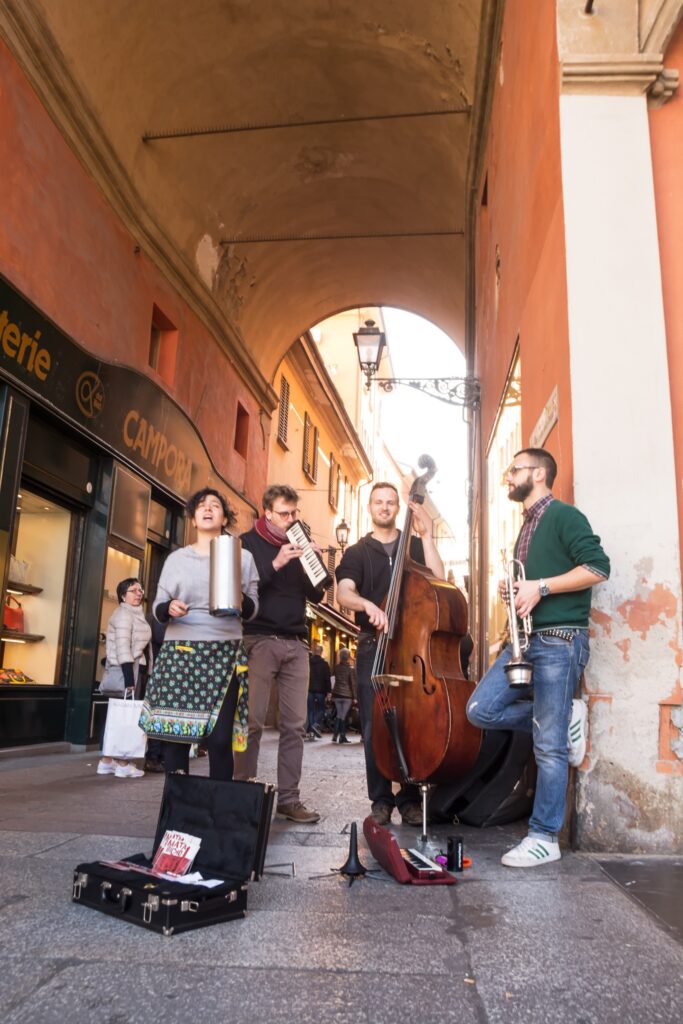
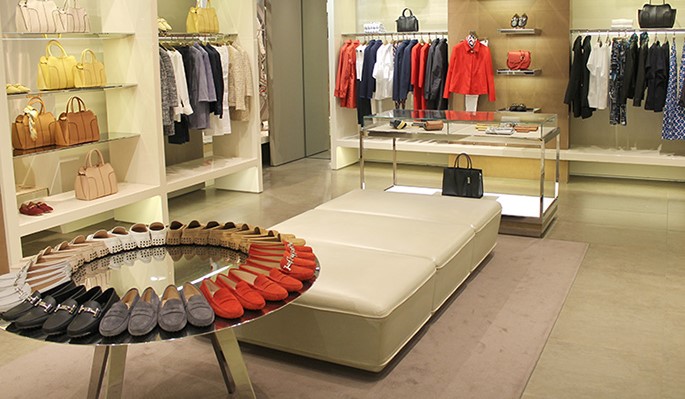
On Via Albari 5/a, three promising brands share a coworking space that serves as both a workshop and showroom: Double Trouble, specializing in leather clothing, Pepa Flaca, which shapes porcelain jewelry, and Dedo Jewels, creating artistically crafted jewelry pieces.
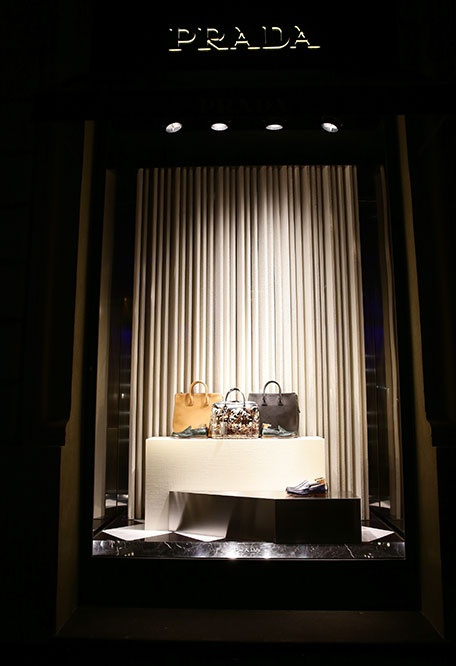

Also on Via San Vitale, at 39/a, there’s Golpe, a punk designer who successfully translates his irreverent imagination into everyday wearable designs. Meanwhile, at 40/2, you’ll find Les Libellules, a historic tailoring shop where workshops and pop-ups dedicated to the best Italian artisanal creations are often organized.
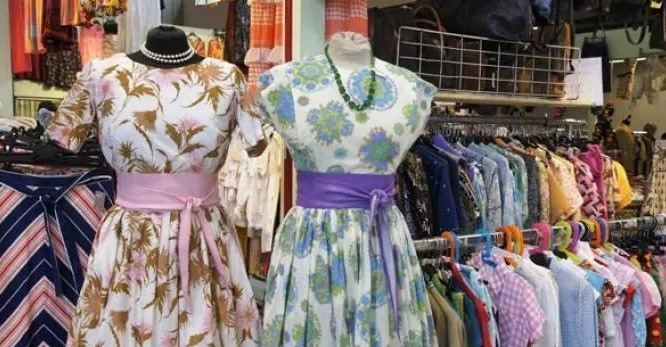
NIGHTLIFE
University district
It is one of the focal points of nightlife. Between Via Zamboni and Via delle Belle Arti, the majority of venues are concentrated, such as pubs, bars with live music, and cocktail bars.
The squares of the neighborhood, like Piazza Verdi, are true meeting places. The iconic establishments include the renowned Cantina Bentivoglio and L’Ortica.
For live music, there’s the Bravo Caffè and the Irish pub Cluricaune. For a more tranquil evening, there’s Caffè Zamboni or Le Stanze, perfect for aperitifs and romantic dinners.

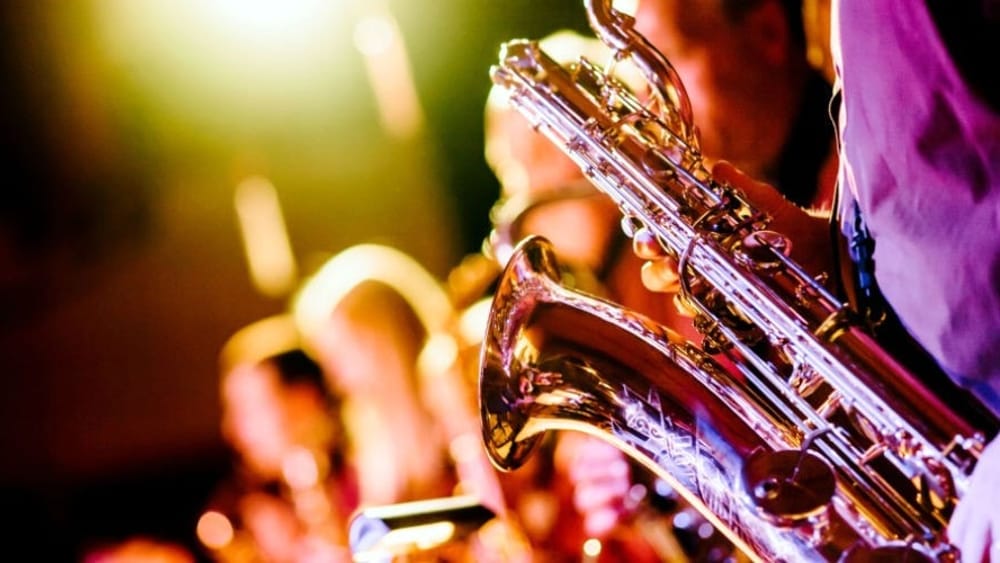

Via Del Pratello
It is one of the most beloved areas to spend the evening. Here, under its arcades and in the neighboring streets, you can find a plethora of venues of all kinds, from breweries to bars with live music, not to mention the typical taverns where you can taste Bolognese specialties.
The iconic establishments in the area are the renowned ‘Altotasso’ and Barazzo. For those leaning more towards alternative live music venues, we recommend Studio 54 and Macondo – Cocktail Bar.
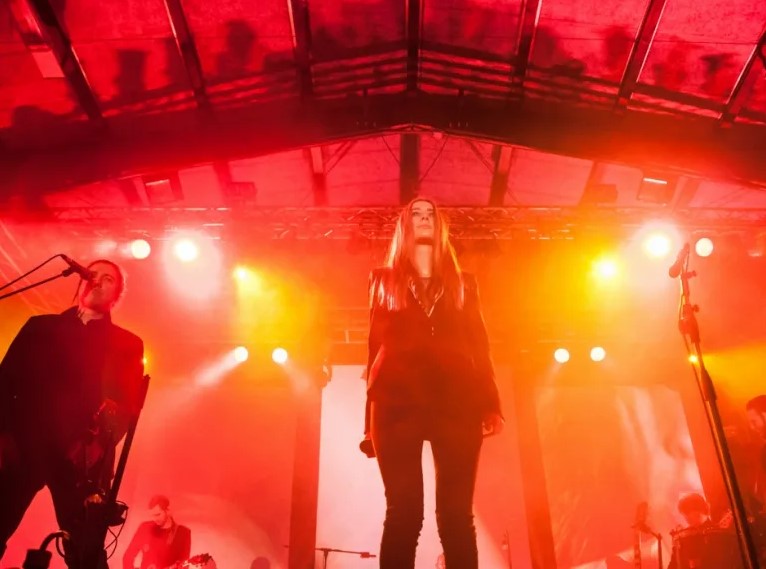
STARRED RESTAURANTS
I PORTICI 1 STAR – Via dell’Indipendenza
At the helm of the kitchen is the young Gianluca Renzi. Born in 1989 and hailing from Rome, he spent ten years alongside the great Heinz Beck, contributing to the cuisine of many fine dining projects within his realm.
Dinner is also available in the underground chambers of the Ex Ghiacciaia, a clever attempt to anticipate the first refrigerators by 500 years. Here, seven centuries of history unfold in the narrow tunnels that stretch all the way to Montagnola Park and were used as shelters during wartime. Today it’s a charming location for enthusiasts of exceptional tastings.
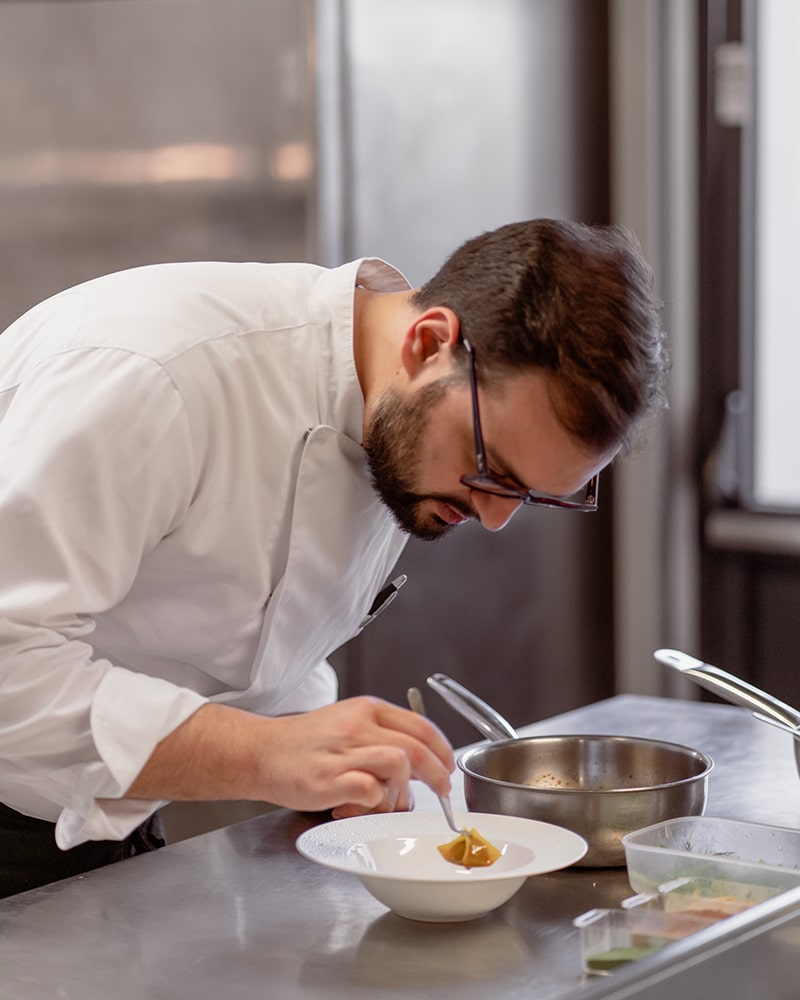
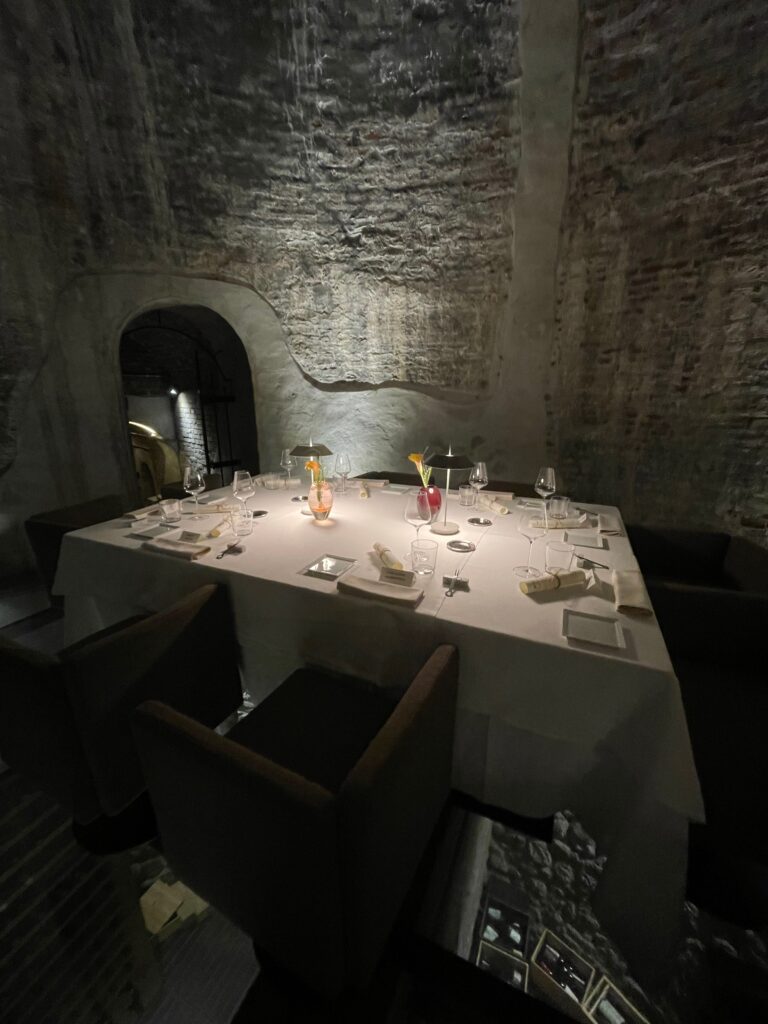

The elegant and welcoming Osteria Portici, located on the second floor, offers a traditional menu in a modern and elegant setting.
The perfect place for an aperitif, dinner, and after-dinner, all focused on savoring the gastronomic quality of the region. It overlooks the large Terrace of I Portici Hotel, nestled between Via Indipendenza and Montagnola Park.
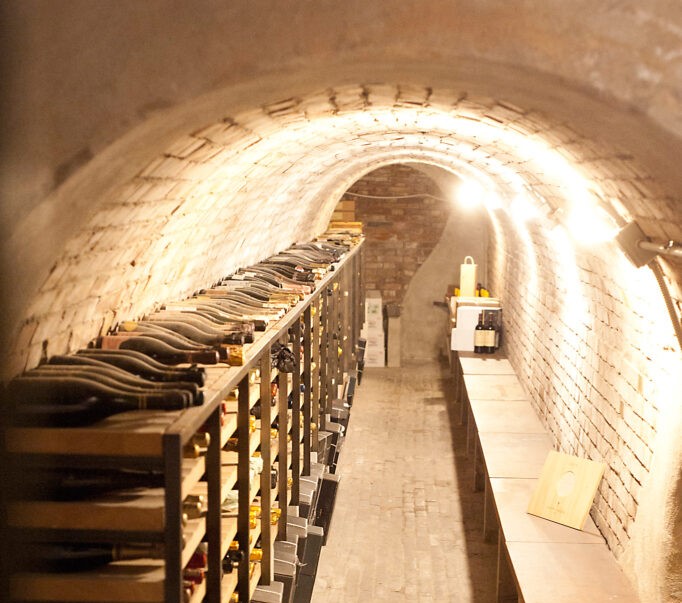
SAN DOMENICO 2 STARS – IMOLA
The historic restaurant, which celebrated its 52nd anniversary this year, is the offspring of Natale Marcattilli, maître and dining room director, and Valentino Marcattilli, a legendary chef who spent a lifetime in front of these stoves, starting as a sixteen-year-old cooking alongside Nino Bergese.
The chef has now handed over the reins of the San Domenico’s kitchen to his nephew Max Mascia, who continues to present impeccable icons like the famous ‘Uovo in raviolo “San Domenico”’, with mountain butter, sweet Parmesan, and white truffle – a dish now safeguarded by rights after an extensive series of thinly veiled imitations.
Among the restaurant’s latest innovations, which has held two Michelin stars for 47 years, are the kitchen’s restyling, the creation of a private dining room, and a counter that opens up into the kitchen.
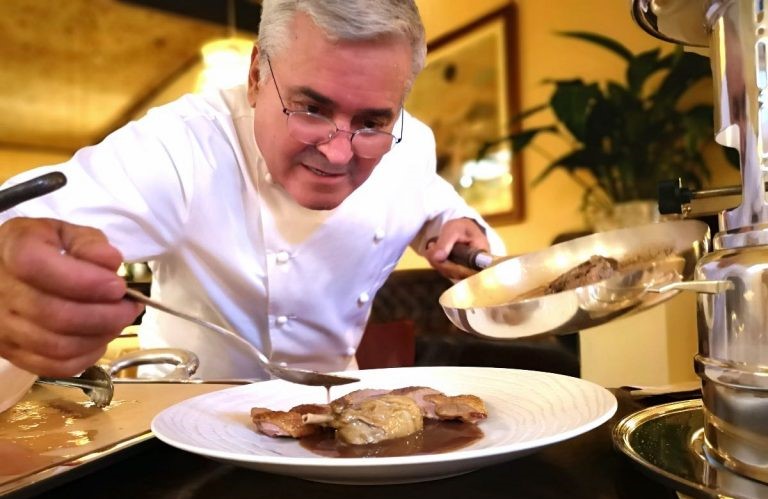
San Domenico opens the doors of its kitchen, offering for the first time a countertop experience face to face with Chef Max Mascia and his team. Treat yourself and gift a new experience, dive into the discovery of local flavors and get up close to witnessing how these works of culinary art are crafted.
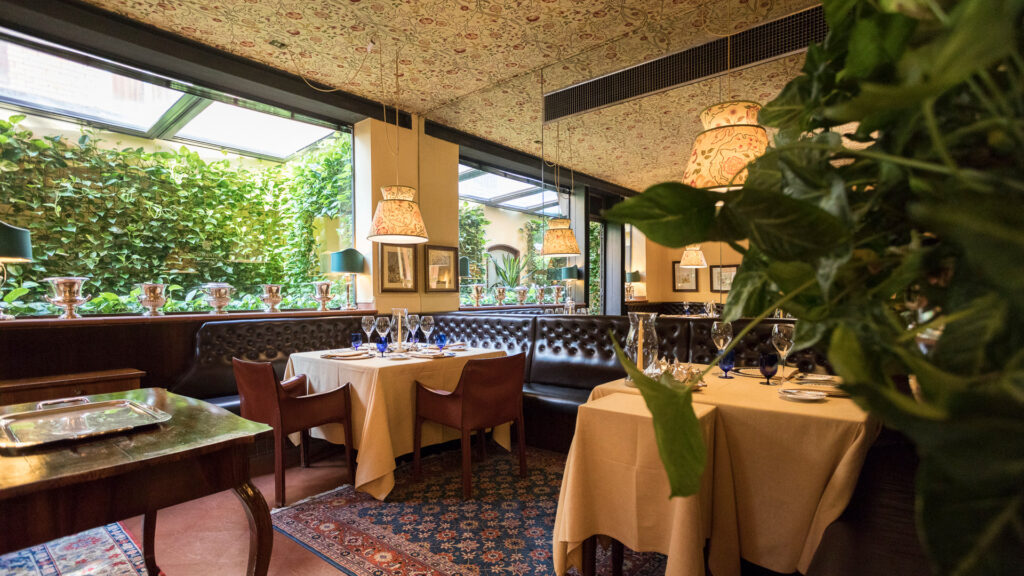

Now, a leap forward, at least in terms of structure, with the debut of a state-of-the-art kitchen complete with a chef’s table, designed by Max Mascia, the chef who has taken the helm of this charming ship in recent years. He initially came aboard as the ‘little nephew’ of the owners at the age of 14 and has since returned as a partner.
The restyling also encompasses the mise en place, which is less traditional and more contemporary compared to the historic one designed by Richard Ginori.
GRAND HOTEL
GH MAJESTIC
The oldest and most prestigious hotel in Bologna, sits in the heart of the city on Via dell’Indipendenza, within walking distance of Piazza Maggiore and the famous Due Torri.
The 106 rooms have a mix of antique furniture with modern amenities, a perfect blend of classic Italian style, elegance and hospitality.

The 4th floor refurbishment has enriched the hotel with a new range of Junior Suites and Deluxe Room. The style in this case is classic eighteen century classical French.
The hotel is famous for its I Carracci Restaurant with its frescoes, which is rightly regarded as among the most sophisticated and elegant in Bologna. This is a place where you may enjoy the traditional recipes of the Emilia region whilst seated under authentic Italian masterpieces.
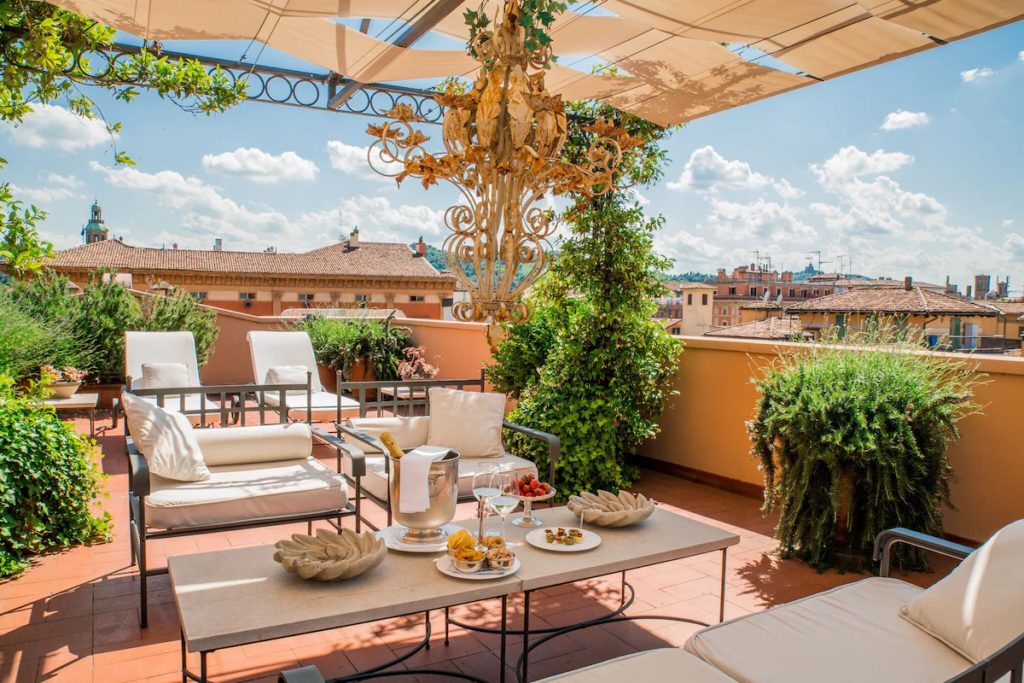
Our new “Enoteca Morandi” with a well-stocked cellar provides a wide range of fine Italian and foreign wines to complement a traditional and “rustico” regional menu.
I Carracci Restaurant has recently been rewarded with the prestigious Three Forks Micheline and included in the last Espresso Italian Restaurants Guide.
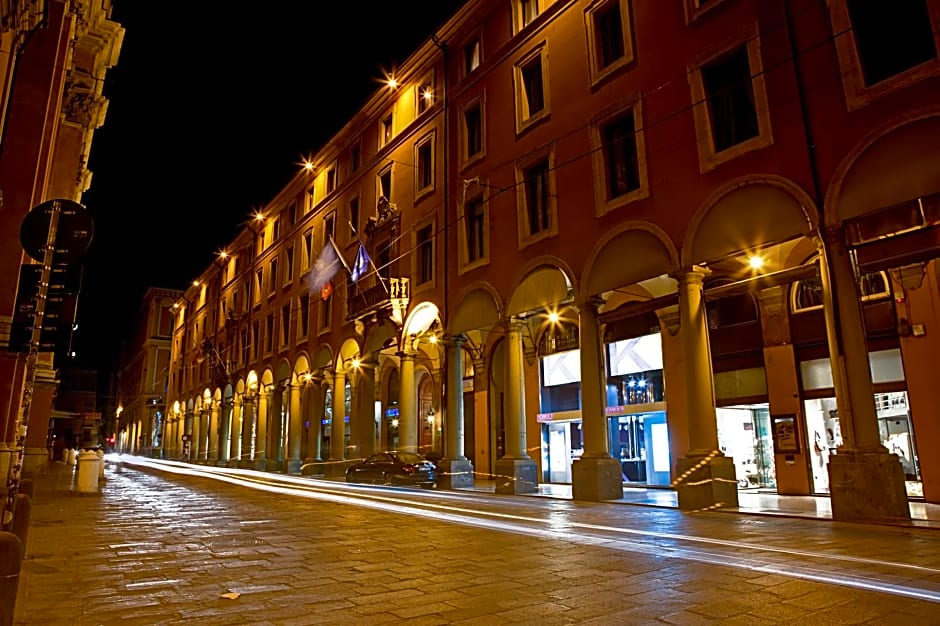
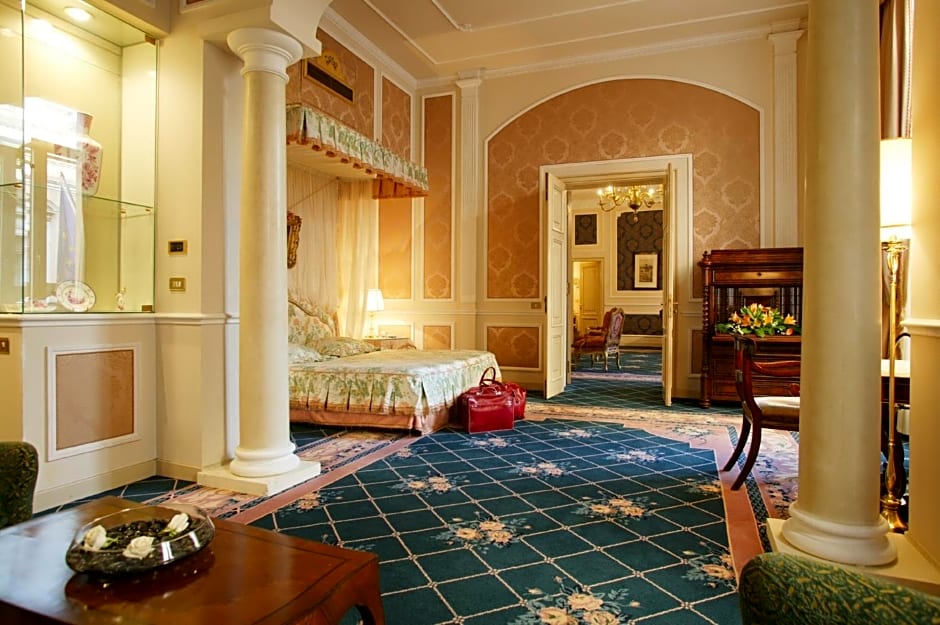
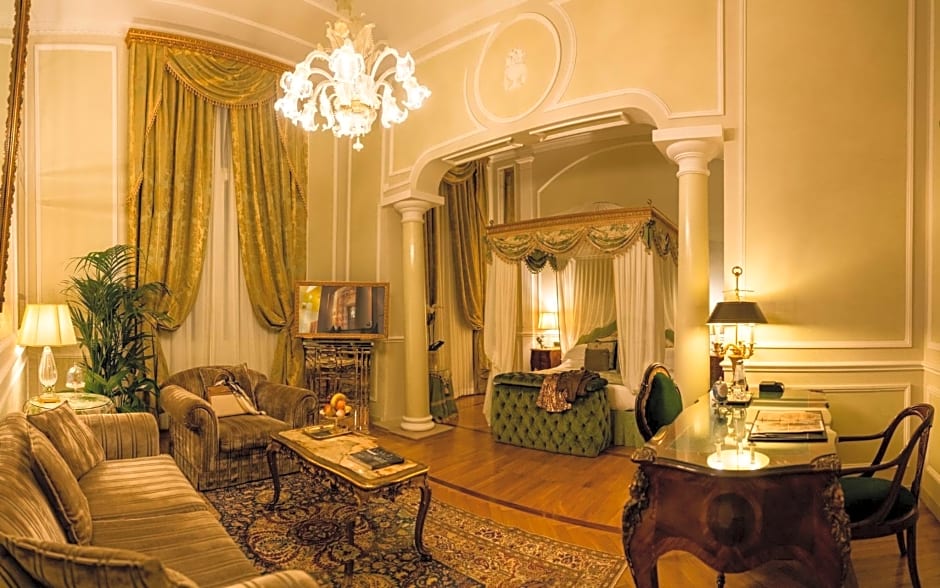
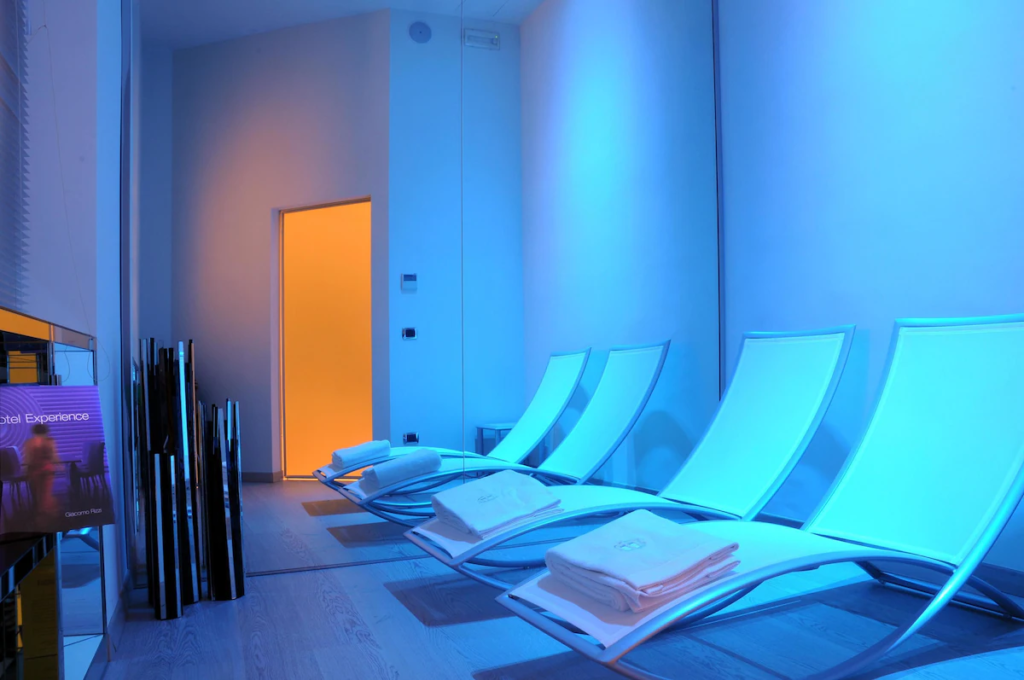
Informations concierge@sinelitegroup.com
Reservations booking@sinelitegroup.com


